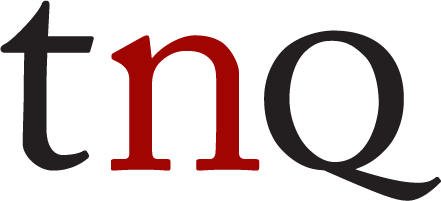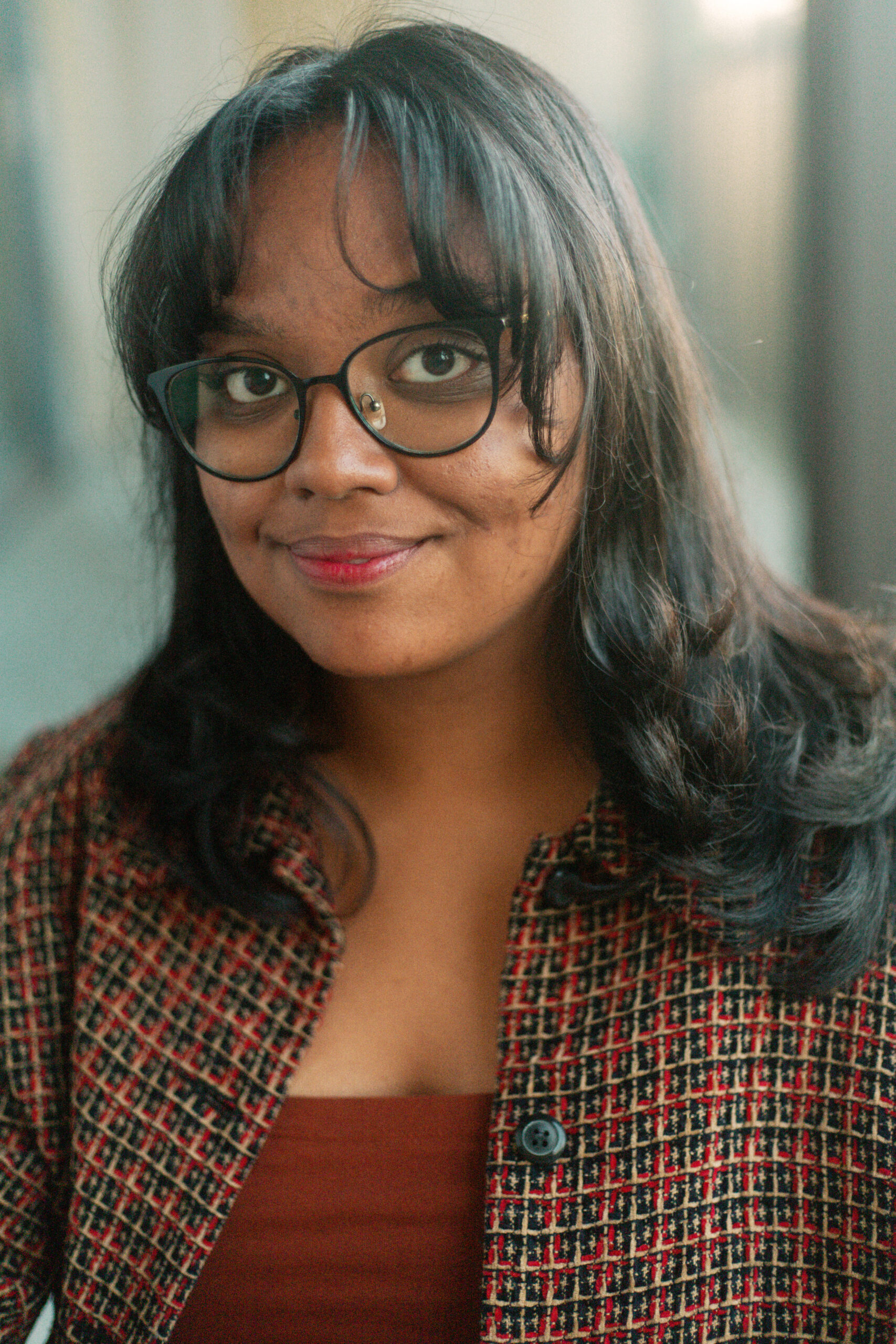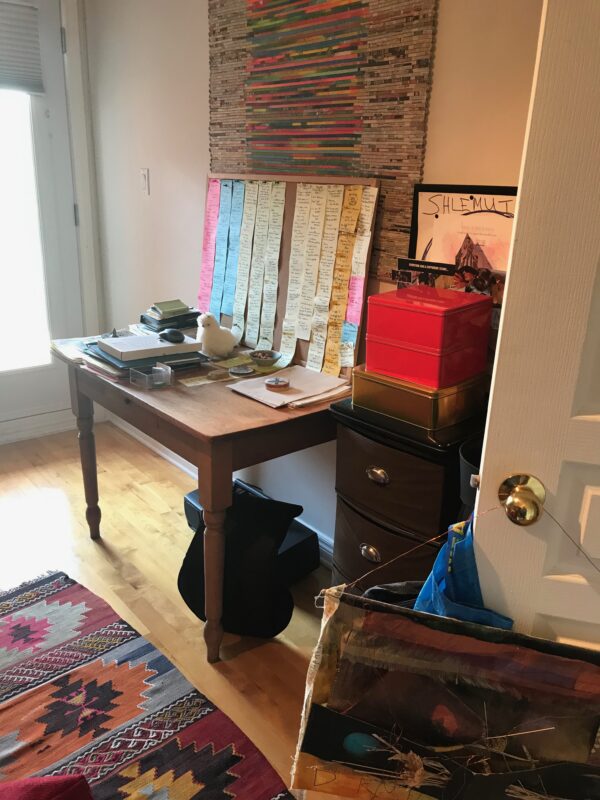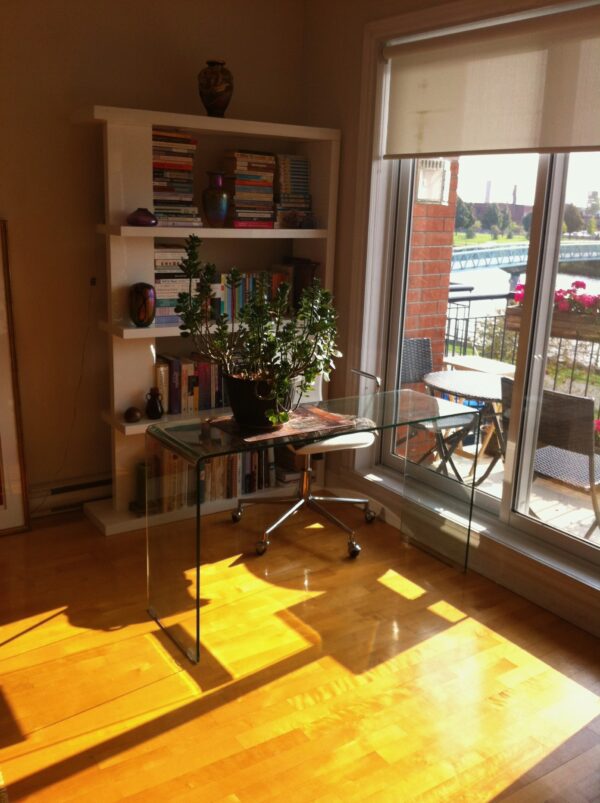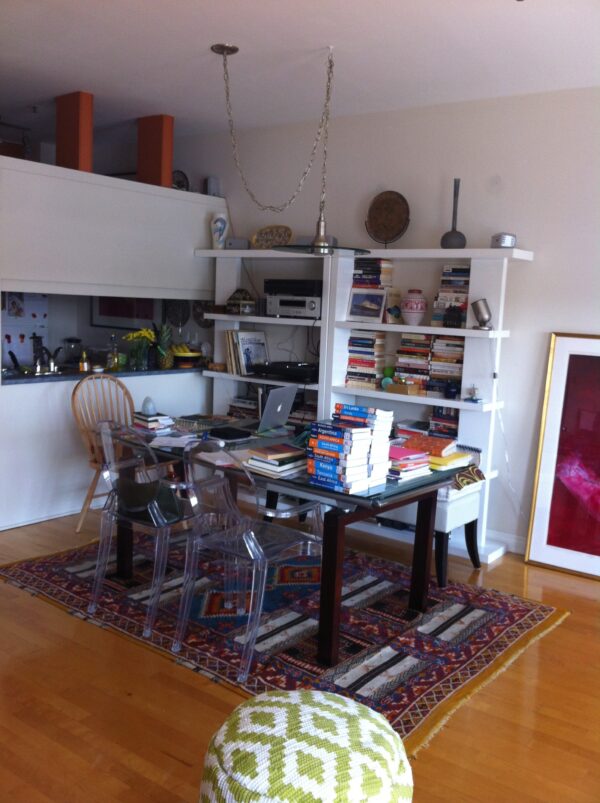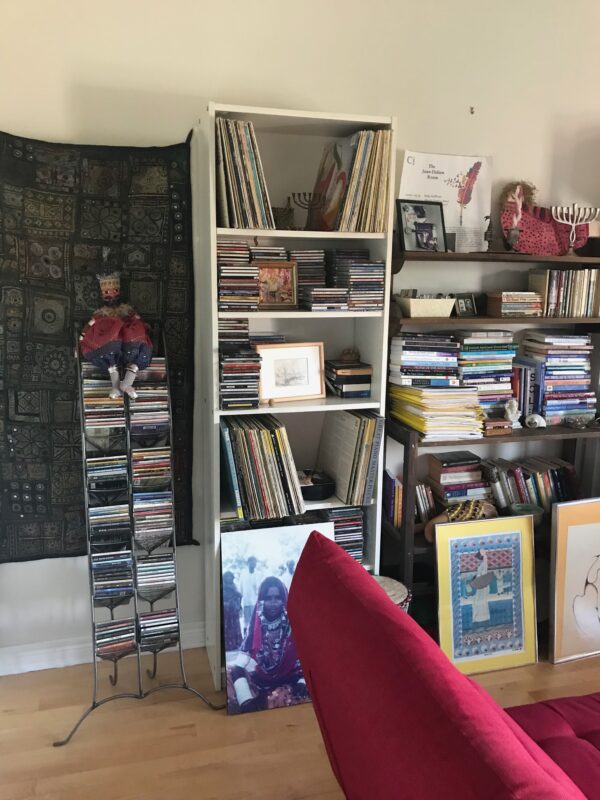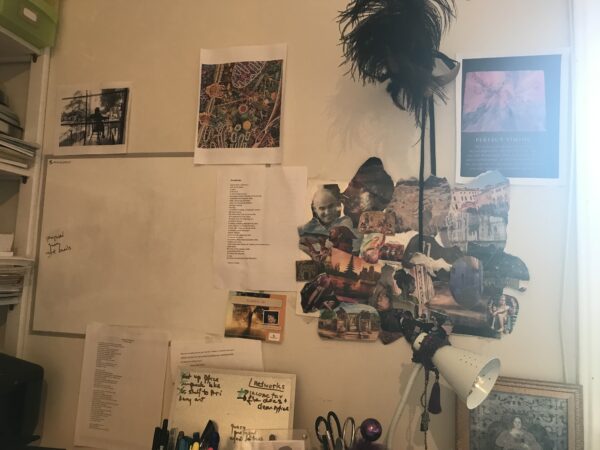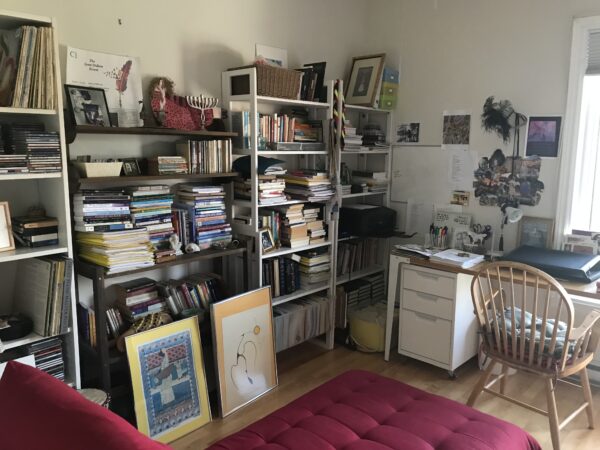Finding the Form with Ian Mallov
I really like TNQ’s blog topic here. As a writer, asking yourself “what form is my piece going to take?” is the second essential question after “what am I going to write about?”
I knew for years that I was going to write a short fiction piece about hockey, although none of my other fiction has been about sports. By sometime in 2018, I had a particular character in mind. And it started the way pieces often do – a sentence here and there, waiting for the subway or running or anticipating sleep. These first few sentences – most or all of which I eventually cut – had a common rhythm. A common pattern in the emphasized syllables, without quite being metre. And I gradually realized that I wanted to write something akin to a prose poem, as “White Lightning Scar Across the Knuckles” is intended to be.
As we’ve heard many times, short stories involve voluntarily imposing an arbitrary set of rules on a particular piece. In my case, maintaining the rhythm, sculpting the piece as something towards a prose poem was the set of rules. That decision led to the tone, diction, distance/closeness of the characters, lengths of sentences and paragraphs – those choices which determine form.
As an example, I chose not to use quotation marks for dialogue. This is a choice I usually dislike, because quotation marks are a visual cue for the reader, a road sign: the next words you are going to read are intended to be read in a new voice! Which I think is a good thing, 99% of the time. Why pretend? And obviously, when you make the choice to withhold quotation marks, you still want a reader to realize they are reading dialogue. But I hope my not using them made for a gentler bump in the road, a less abrupt change in the reader’s head, from narrative voice to character voice. I hope this allowed them to read it more as they might read a poem: faster perhaps, with briefer pauses after sentences or lines within the same paragraph. For a piece that was somewhat about how life gets away from you, I hoped this formal choice was in step with the theme.
Having this in mind, I noticed the poetry in the pieces of other writers in this issue of TNQ. A beautiful example is in these sentences from Kristine Sahagun’s “First Movement:”
Listen to Connie Converse, who crooned for us through the stereo of how sad, how lovely dwindling days become. She sang of sunsets, of how lights in shops made passing lovers glow.
Without excess Sahagun simply puts together the words she needs – poetically, vividly, with even some sly alliteration!
Ian Mallov is a chemist and writer who grew up in Truro, NS and currently lives in Halifax. His fiction has appeared in The Antigonish Review, his science writing in The Nexus. He is working on a short novel.
Photo by Sam Moghadam Khamseh on Unsplash
